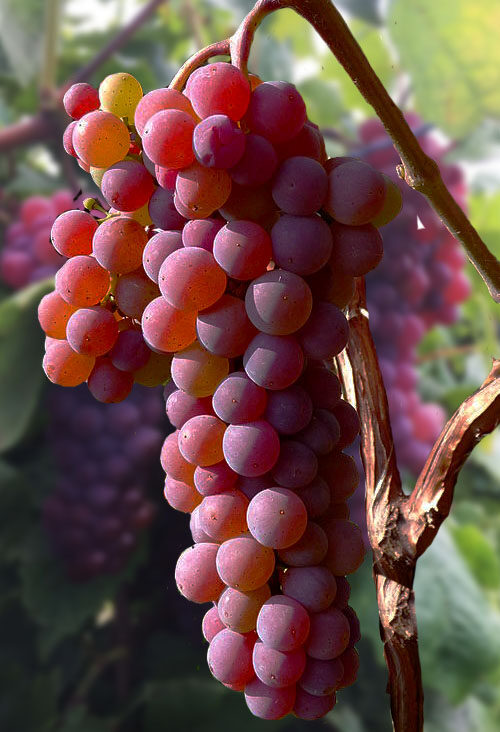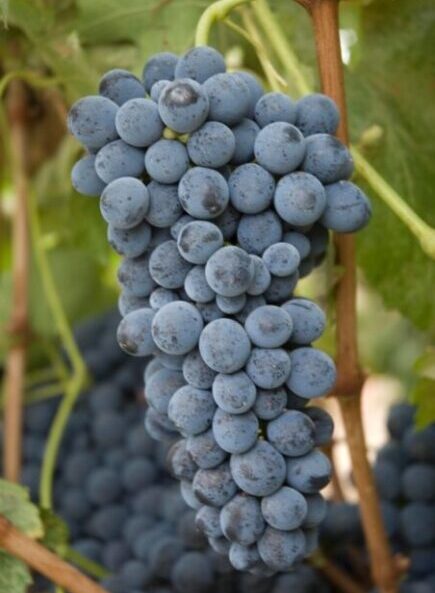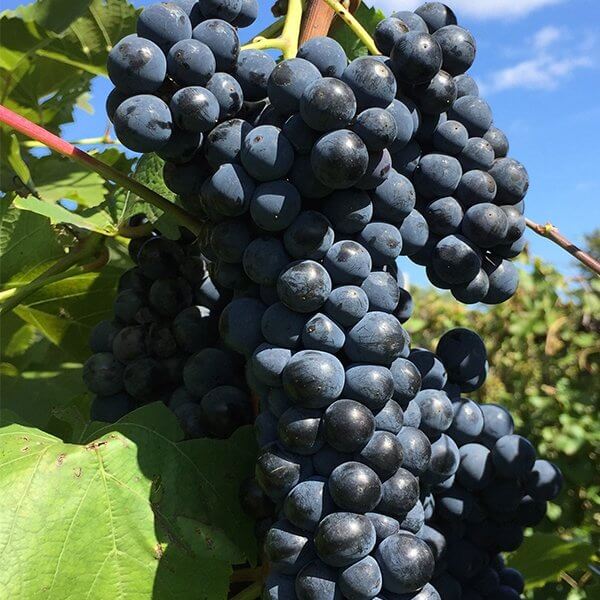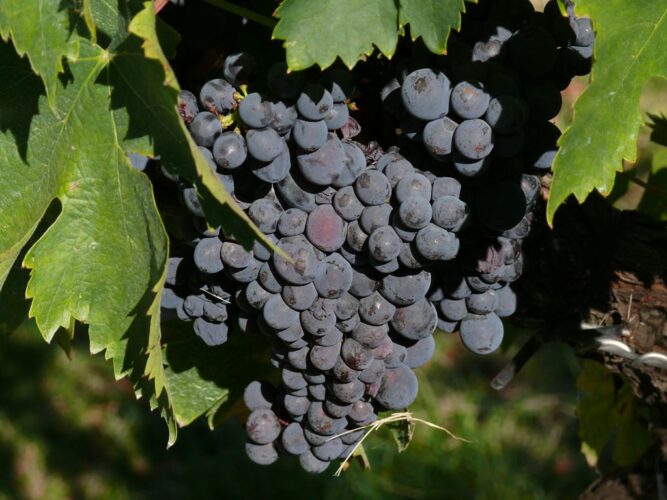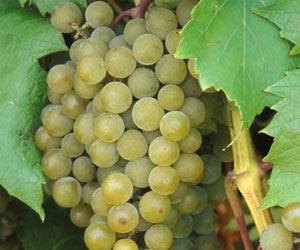-
Rootstock ONLY is just what is says; "rootstock only." There is no grape variety grafted to it. Use this option if you want to do your own grafting in the field. This is a great option for shade arbors also. Rootstock varieties produce little or no fruit. But, they look just like a fruiting variety without the maintenance and care that comes with producing fruit. Rootstock varieties are also Pierece's disease resistant.
-
Like Sangiovese and Montepulciano, Barbera is one of the more popular grape varieties of Italy. It is very productive with tight clusters and large berries. It also benefits from a long, hot, dry growing season. It is not suitable to cold winter temperatures. The wines are a deep, ruby red with higher acidity. This makes it a good wine to pair with food.
-
Sagrantino is an Italian grape variety indigenous to the region of Umbria. It is vigorous yet low-yielding vine. It flowers early, but requires a long hot season to ripen.
-
La Crescent is a French-American Hybrid variety. This white grape provides a very cold hardy and moderately disease resistant variety for growers.


